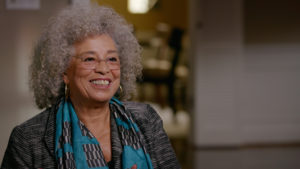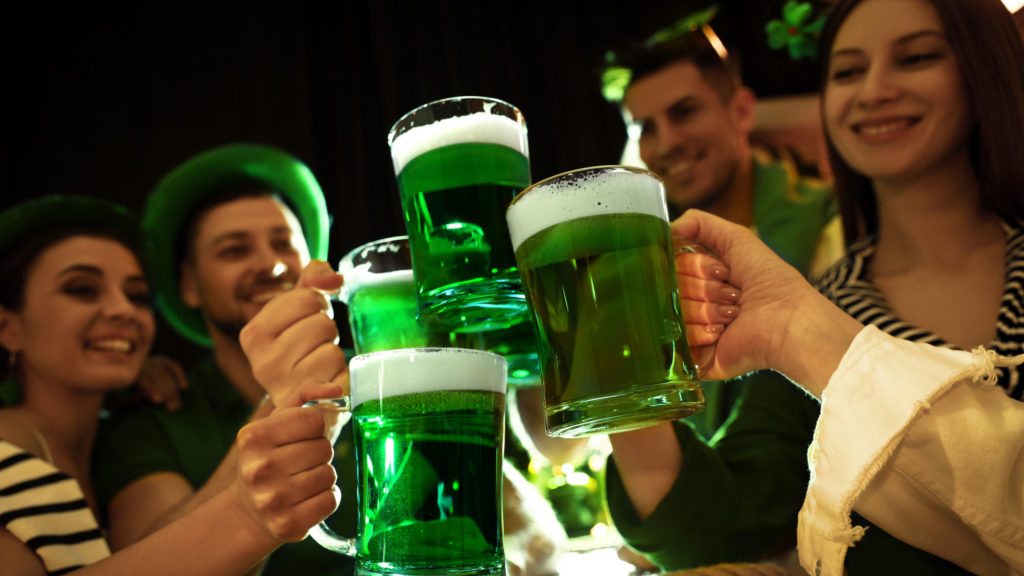I am not that delicate. I do not think a boy or girl dressed up as Native Americans or Italian saints at Halloween is a crime of cultural appropriation. Yet before that term was a twinkle in the eye of whatever social scientist came up with it, St. Patrick’s Day was, and continues to be, a “holiday” that makes me squirm — just a little.
People wearing green clothes, drinking green beer, and acting like it’s New Year’s Eve with ridiculously awful brogues always made me wonder why this celebration of flawed cultural and social pathologies is lovingly endorsed.
Granted, the Irish are a mixed bag. We have fights at weddings and parties at funerals. On every St. Patrick’s Day at our grand old house, my Irish-American family would wear green party hats and dance to a scratchy old record of “The Irish Washerwoman.” Our statue of St. Patrick held the place of honor in the middle of the dining room table, until he gave way to our statue of St. Joseph two days later on March 19.
It was a celebration of our culture and our heritage, no matter how removed we were generationally from our so-called homeland. But it was also a private tribal ritual as well. I say “so-called,” because after growing up hearing stories about Ireland, watching every John Ford movie where being Irish drove the actions of heroes and villains alike, I desperately wanted to go to Ireland myself and connect to my heritage.
I was 20 when I made my first trip to Ireland. I was in for quite a shock. Although I looked like them, with pasty skin and unruly wavy hair, I discovered, in the most profound way, I was not really “Irish.” I had never felt more like an American in my life.
Despite feeling like the alien that I was on my first sojourn to the “Holy Land,” there was one element that attached me like I was glued to that island. Every time I entered one of those great stone churches that seemed to be on every other block, I felt at home.
Even back then, Catholic churches in Ireland were not overflowing with pious worshippers like they were in scenes from John Ford’s ultimate Irish movie, “The Quiet Man.” The decline was well on its way.
Yes, I was Irish, and yes, I had a cultural past that influenced me, but I was the sum of many disparate parts that, other than the unifying element of my faith, made me a typical American composite.
Someone else more famous than me recently found this out in a big way. Angela Davis is an African American academic who rose to fame during the tumult of the 1960s. A self-professed communist, she played an important role in shaping many of the ideas we’re seeing play out in popular culture today. Her absolutism when it comes to group identity political processes has never seemed more firm.

That is, until she appeared on the PBS show “Finding Your Roots,” hosted by Henry Louis Gates Jr., a Harvard history professor specializing in African American historical research. It’s a fascinating show in which a parade of celebrities have had Professor Gates trace their unique DNA signatures back through time.
Sometimes the results are surprising. In Davis’ case, it was a shock of seismic proportions. She learned she had white ancestors who came to America aboard the Mayflower.
And if having inconvenient ancestors attached to her cultural narrative was not enough — it got a lot worse. Davis already knew she was the descendant of slaves. It was her badge of honor. But then came the bombshell that rocked her world: She was also the descendant of slaveholders.
“I always imagined my ancestors as the people who were enslaved,” she said after receiving the news. “My mind and my heart are swirling with all of these contradictory emotions.”
Contradictory, indeed, but also a word of caution against the temptation for all of us to see the world’s problems in terms of group, or tribal, identity.
God the Father knows us well. We are communal creatures who cling to our own kind. I am sure that had a lot to do with the Old Testament tendency to keep everyone organized within tribes and eventually a promised nation. In the New Testament, God the Son called us to see ourselves in another light, beyond the confines of a specific tribe or group.
This certainly comes in handy when any of us gets too fixated on where we came from, and lose sight of where we are supposed to be going. St. Paul, of course, comes to the rescue: “There can be neither Jew nor Greek, there can be neither slave nor free man, there can be neither male nor female — for you are all one in Christ Jesus” (Galatians 3:28).

